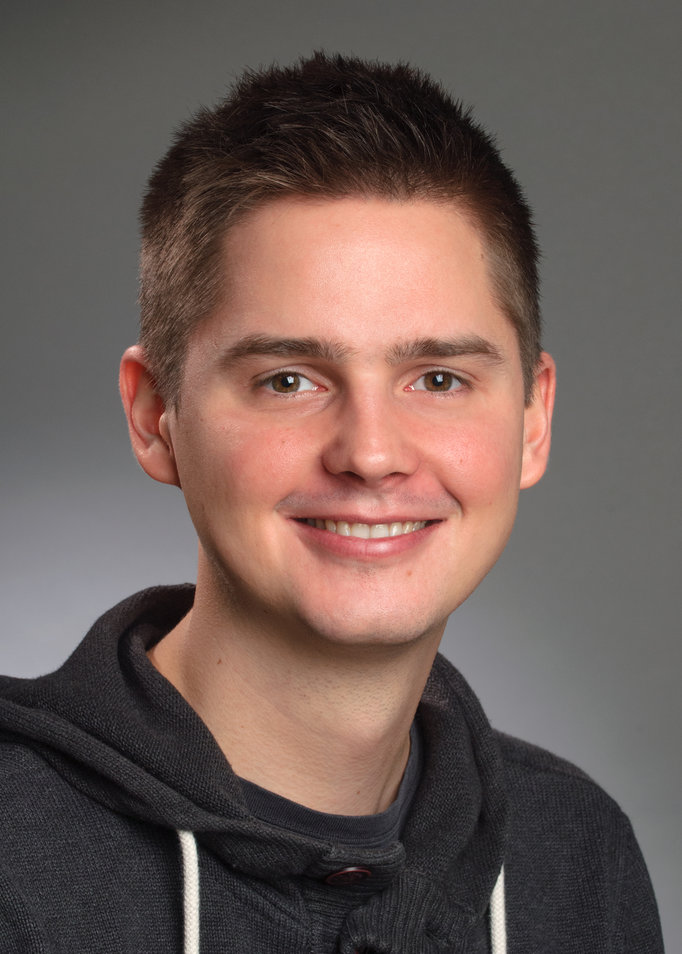The biophysicist at the Max Planck Institute (MPI) for Biophysical Chemistry in Göttingen receives about 1.1 million euros funding for the next three years, together with his colleagues Tiago Costa from Delft University of Technology (The Netherlands) and Andreas Hartel at Columbia University (United States). With the grant’s help, the researchers will investigate the physiological effects of ultrasound waves on ion channel signaling. Applying ultrasound is a novel non-invasive technique that has the potential to improve research on how cells communicate.
Probably everyone knows the children’s game ‘telephone’, where a message is whispered from player to player and usually gets messed up on the way. Also cells, the building blocks of all living organisms, communicate by receiving and sending messages – so-called signals – from and to their neighboring cells. However, unlike the game ‘telephone’, living cells need to communicate without errors, because ‘misunderstandings’ can lead to serious disabilities, diseases, or even death.
There are multiple ways how cells communicate with each other. One of them is through ion channels. Ion channels are proteins located in the cell membranes that, when activated, transport ions from the outside to the inside of the cells. Thereby, a cellular response can be triggered, which sends a signal to the next cell. Basically, ion channels work similarly to a switch that can be turned on and off through a signal, and starts and stops the cellular communication. Researchers have multiple techniques at hand to manipulate the activation of ion channels, allowing them to study cell communication in great detail. These methods, however, have fundamental limitations. “They can be too invasive, which may affect the results of the studies, or they require genetic modification,” Kopec explains.
The project leader and his colleagues now want to investigate the physiological effects of a recently developed, non-invasive technique – so-called sonogenetics – that uses ultrasound to trigger ion channel activation. “So far, we know that sonogenetics work, but we still do not understand the underlying physiological mechanisms on how the ultrasound waves cause ion channels to react,” he says. By combining experimental testing conducted by Costa and Hartel with computer simulations carried out by Kopec, the research team aims to identify these mechanisms. This will allow scientists to improve the methods of sonogenetics, which opens new paths for studying the electrophysiological properties and functions of ion channels and cell communication.
Contact
Dr. Wojciech Kopec
Computational Biomolecular Dynamics Research Group
+49 551 201-2306
wojciech.kopec@...
Dr. Katja Rudolph
Press and Public Relations
+49 551 201-1319
katja.rudolph@...


